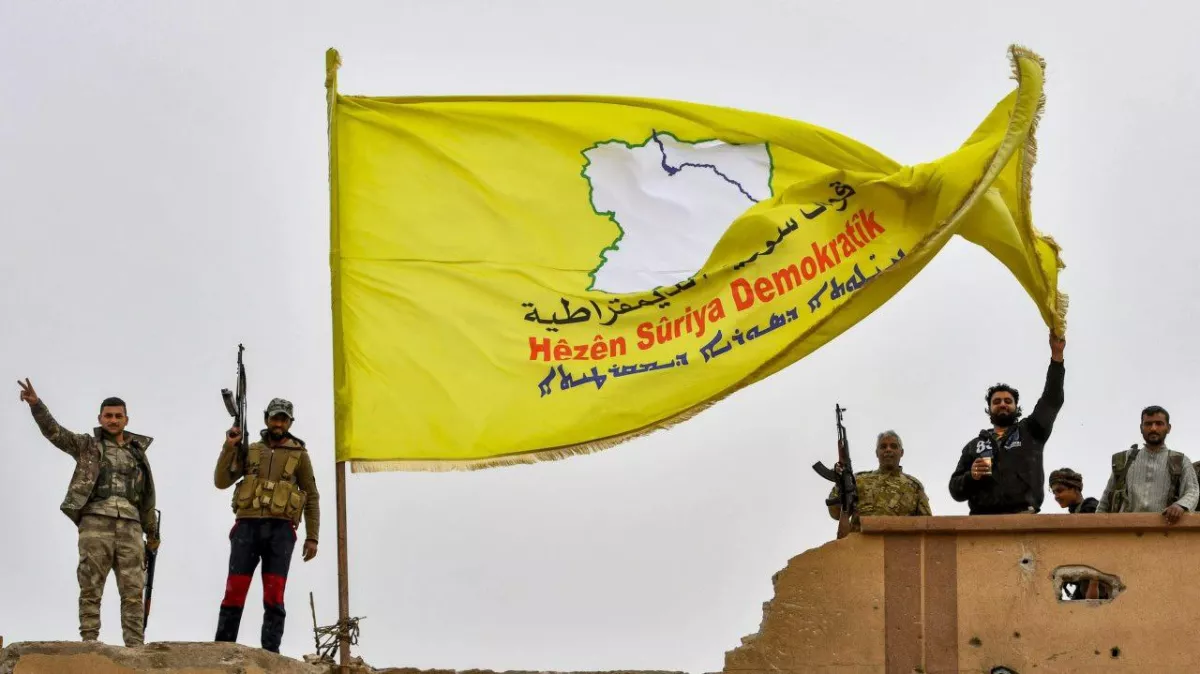YPG forces in Syria reportedly exceed 50,000 amid preparations for major conflict
The number of terrorists aligned with the YPG, the Syrian offshoot of the PKK, has reportedly surpassed 50,000, according to Türkiye Gazetesi, citing anonymous sources. The surge in numbers is attributed to reinforcements from various ethnic and religious groups, as well as increased support from Iran.
Sources claim that more than 10,000 Druze and remnants of the Nusayrite regime have recently arrived in Hasakah and joined the ranks of the YPG. In addition to these groups, fighters have also been recruited from Iran, Iraq, Lebanon, Latakia-Tartus, and other Syrian regions. Reports suggest the group is stockpiling weapons and preparing for a large-scale conflict by mid-August, Caliber.Az reports per Turkish media.

The YPG, which has reportedly reorganised its field command structure, is said to be forming armed brigades made up of members from different ethnic and religious communities, including Yazidis, Assyrians, Murshidites, and Ismailis. Senior PKK fighters from the Qandil Mountains have allegedly been deployed to oversee the training and integration of these units. Each fighter is reportedly paid a monthly salary of $300.

While US military aid has reportedly declined to its lowest level in three months, Iranian support for the group has increased. The Islamic Revolutionary Guard Corps (IRGC) and Iranian intelligence are said to have redeployed around 9,000 Iranian-backed Shiite militias, previously stationed in Syria, to areas under PKK/YPG control.
A YPG member, using the codename "Bozan R.," claimed that the organisation is using negotiations and public support for Syrian unity as a strategy while continuing its preparations for conflict. He also stated that the region of Rojava is considered the center of what he described as the "Kurdistan Quadrilateral Project," and that the group does not intend to cede control or surrender arms to the Damascus government.
Sources further report that internal trust issues persist within the Syrian Democratic Forces (SDF), particularly concerning Arab units. While Arabs are considered part of the autonomous governance plan, Bozan R. reportedly said they are viewed as less reliable than Druze or Nusayrite fighters. Ibrahim Abdullah, a senior SDF leader, has allegedly indicated that the group’s training approach has shifted toward offensive strategies.
The group is also reportedly placing strategic emphasis on the Qaraqozak-Tishrin line, with a commander named Jamil Habad—said to have been dispatched from Qandil—appointed to oversee operations in the area.
By Sabina Mammadli








